I have an application gateway (AG) and a linux VM on the same Vnet (without custom DNS server).
I try now to configure the AG with a backend pool that targets the VM using the FQDN of this VM (and not the IP nor the NIC). I get the FQDN using the command nslookup "$(hostname)".
The AG does not manage to resolve the VM FQDN. The Connection troubleshoot of the AG failed at the DNS resolution. Every VMs in the same Vnet succeed in resolving this FQDN but not the AG...
How to use an internal linux fqdn on an Application Gateway? If it is possible...
Thank you.

